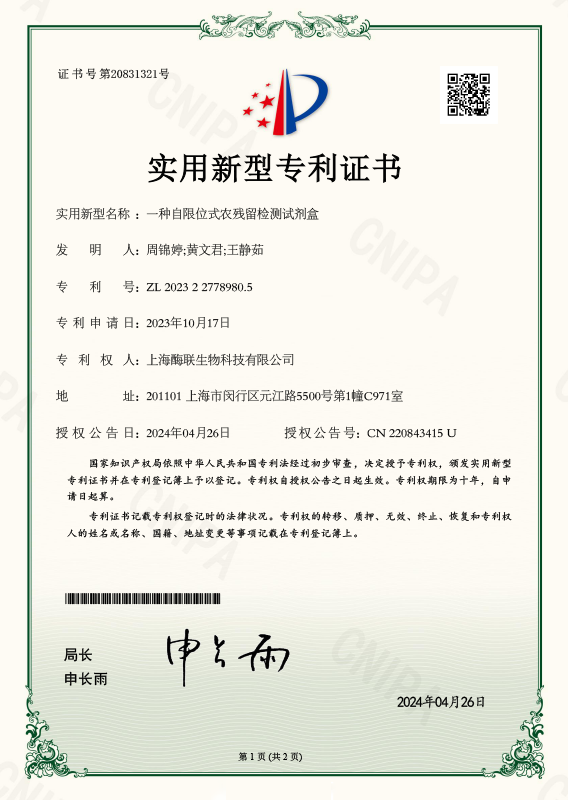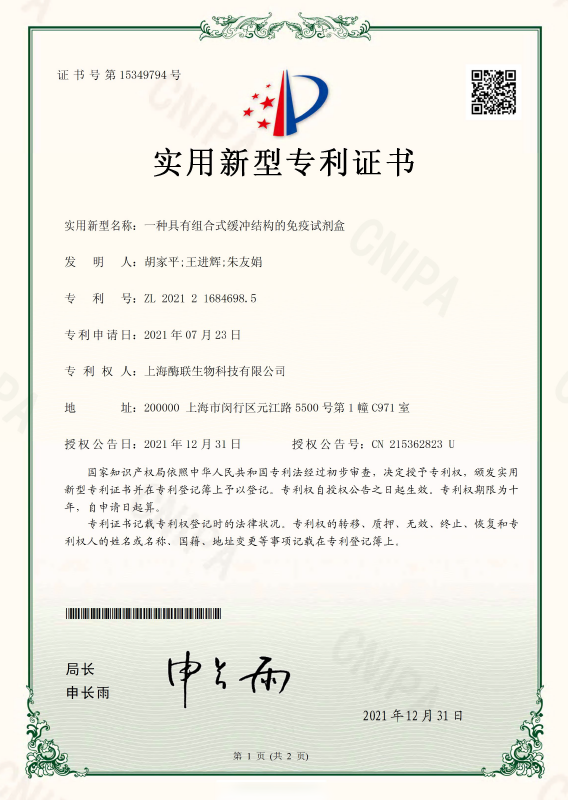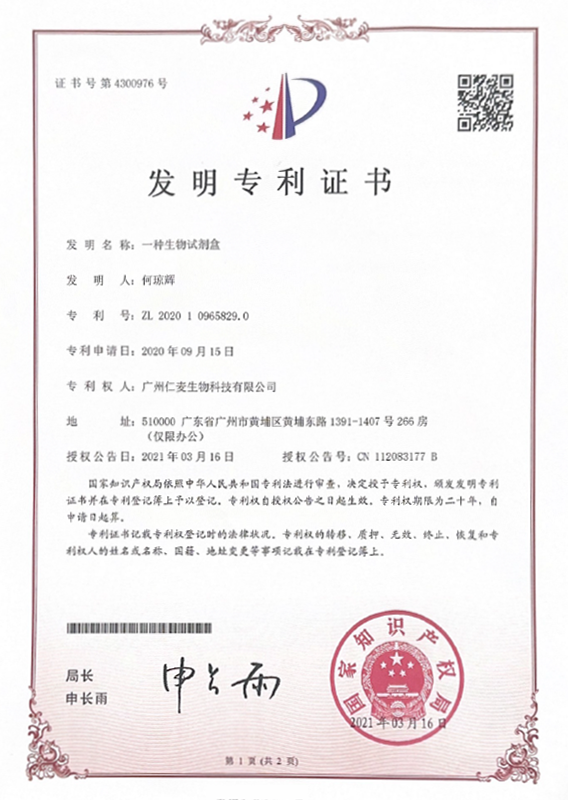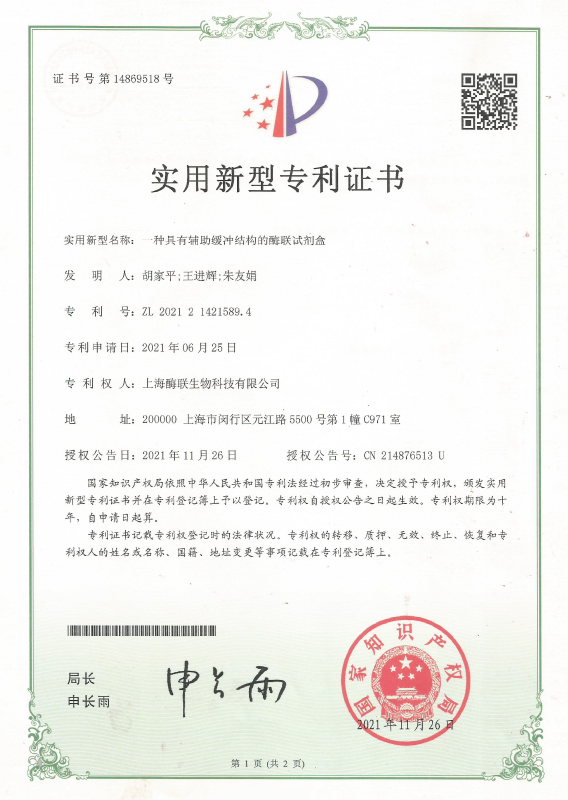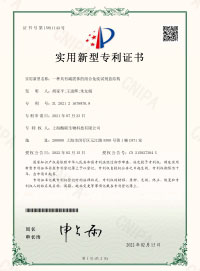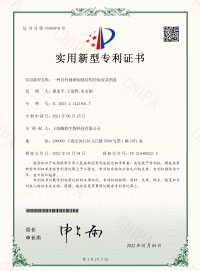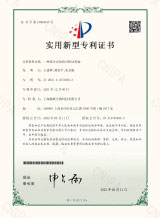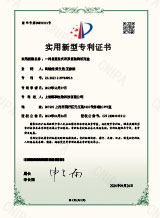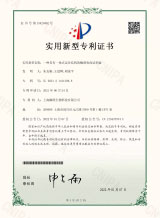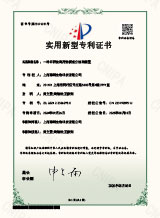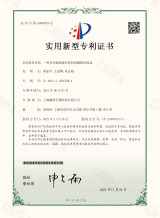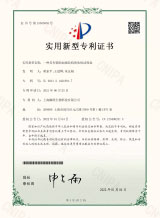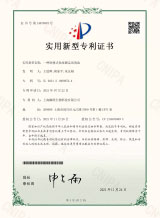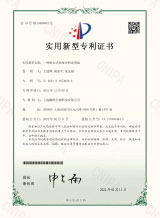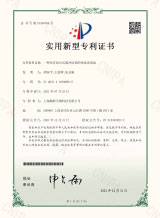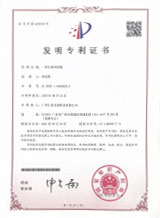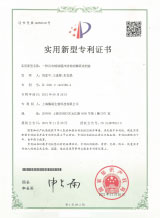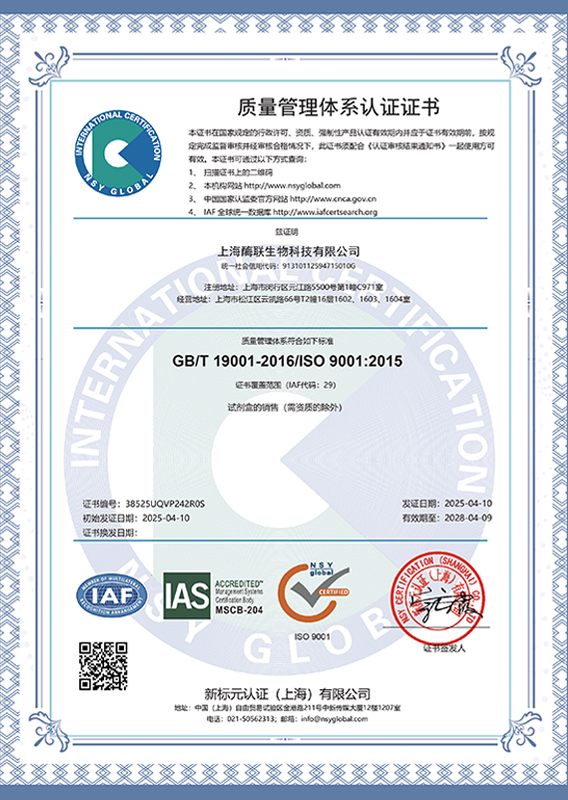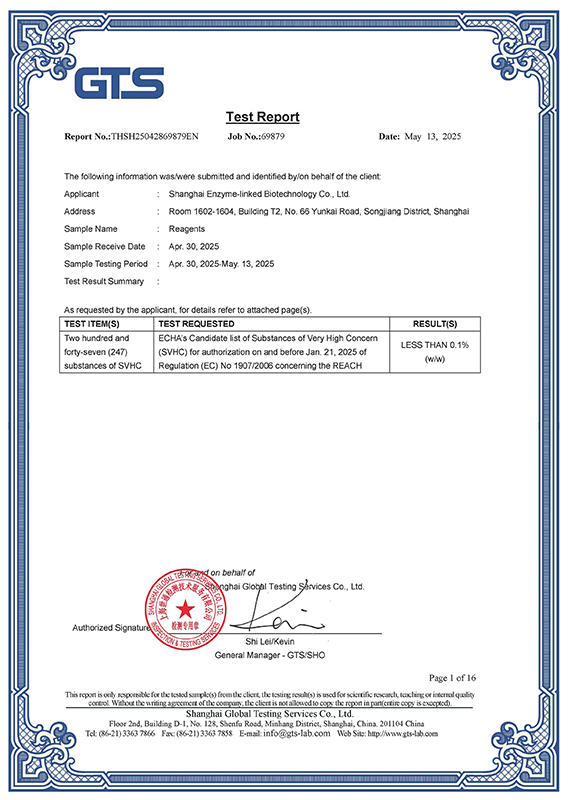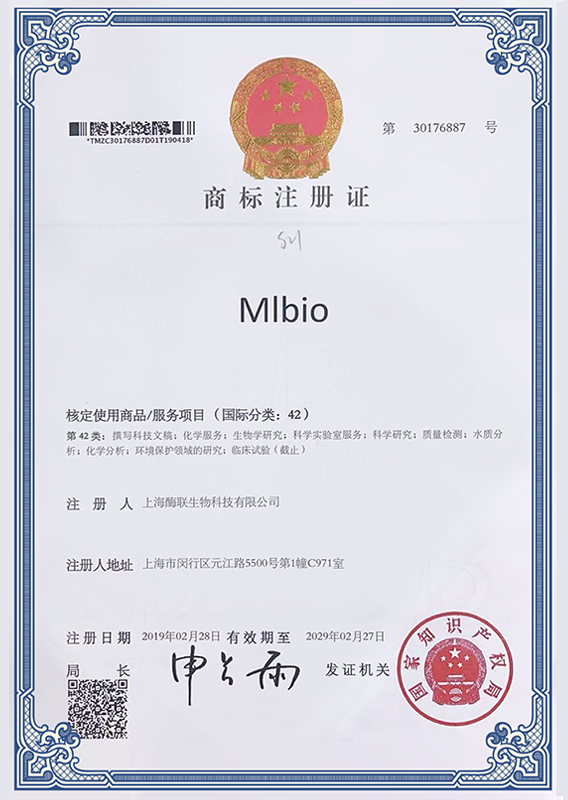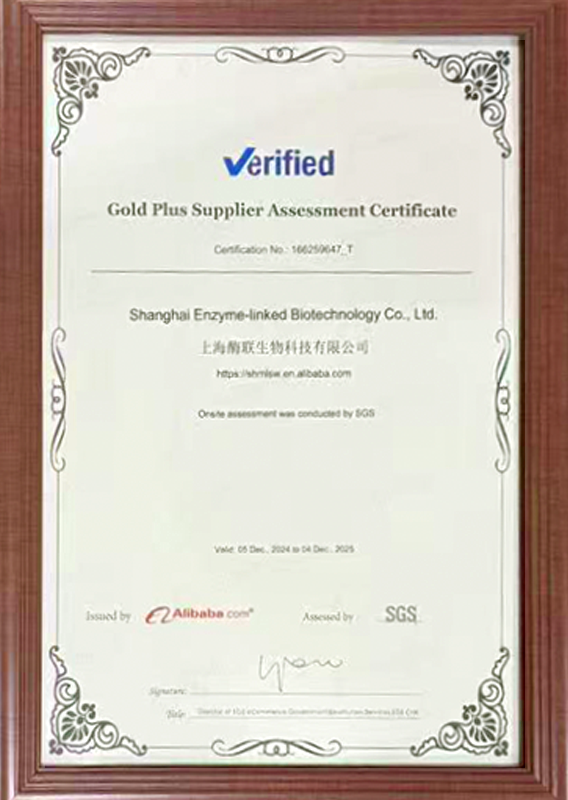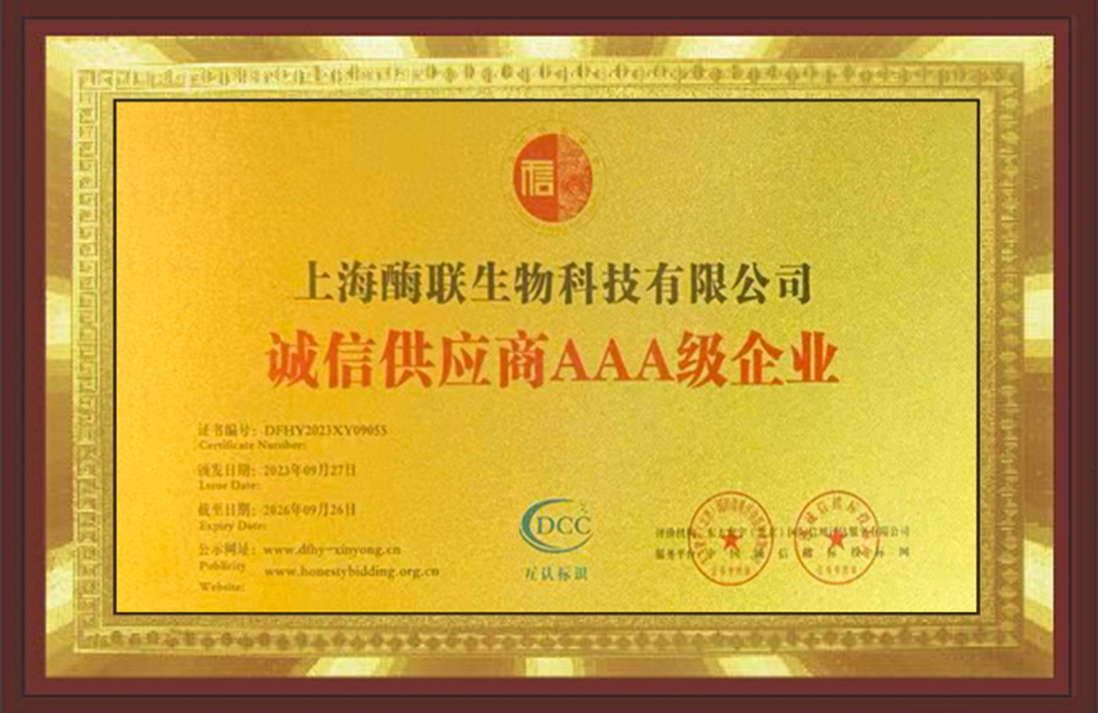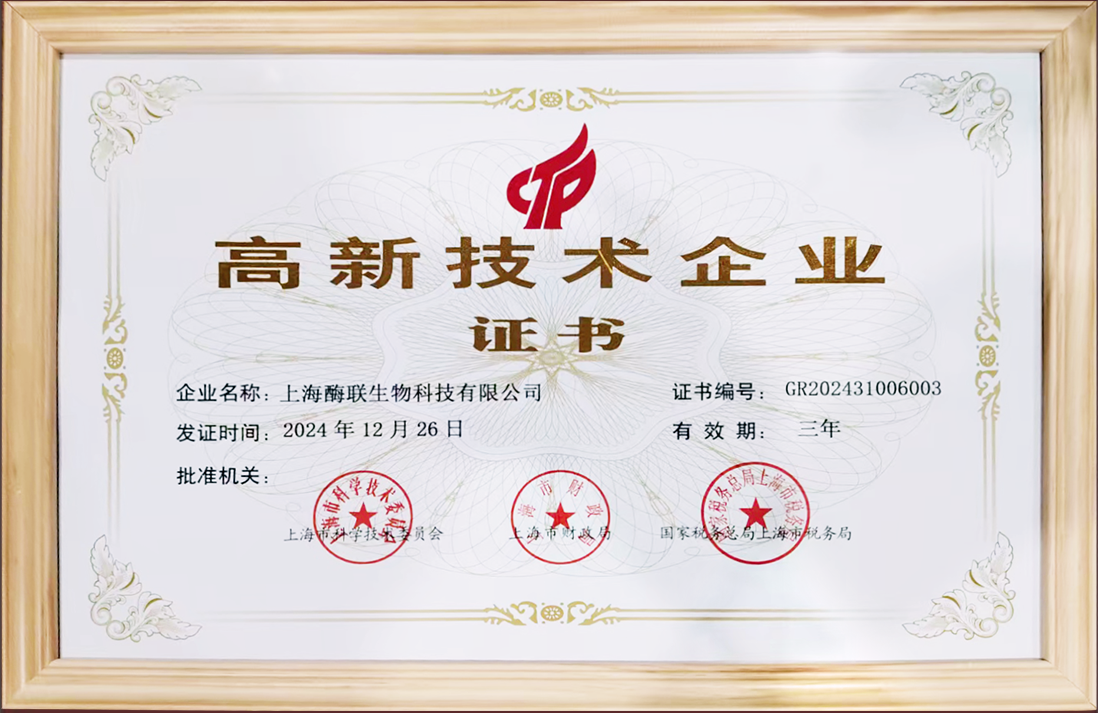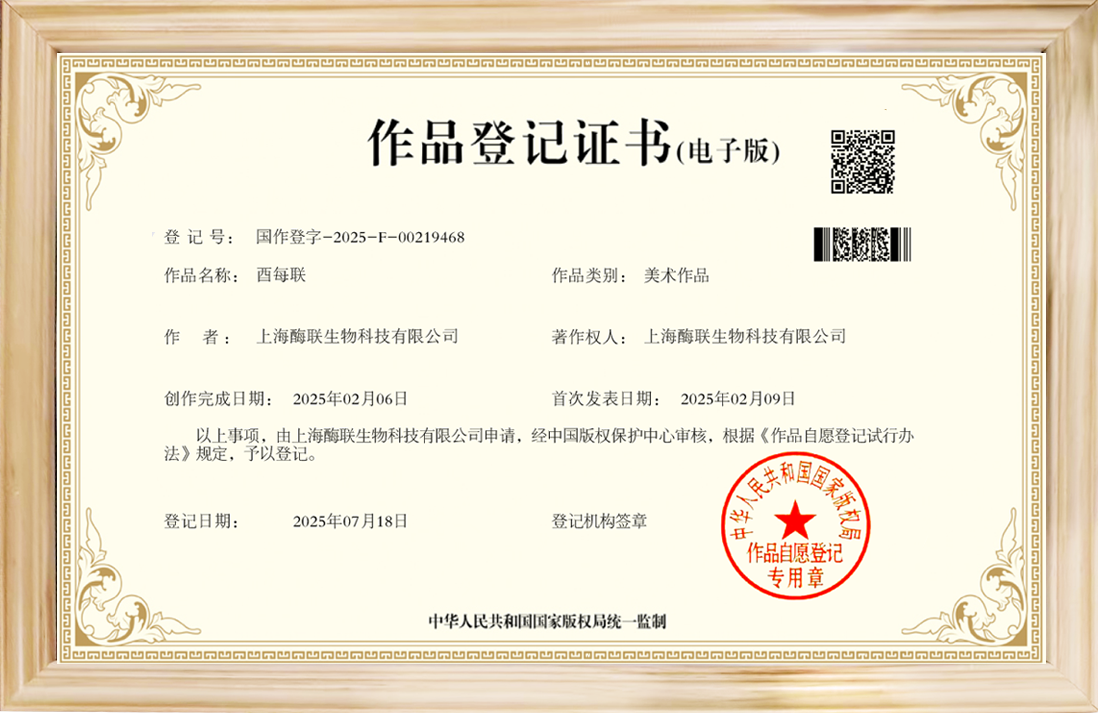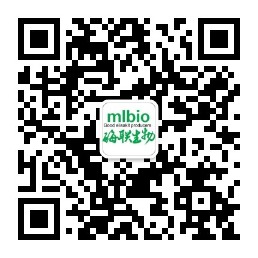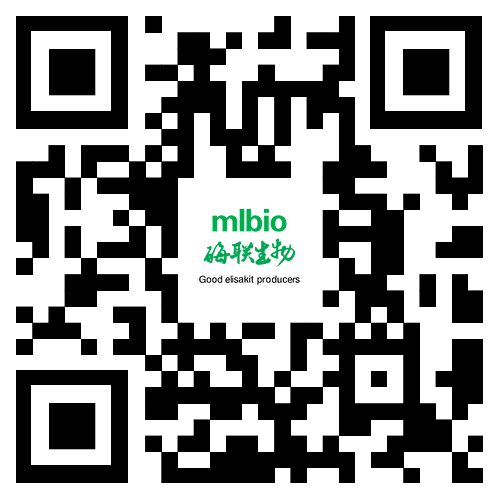什么是ELISA灵敏度?如何提高灵敏度?
<p> <span style="font-size: 12px;"> 酶联免疫吸附试验(ELISA)是一种广泛使用的生物实验室技术,在临床诊断、研究和药物开发中发挥着重要作用。ELISA因其能够简单快速地检测和定量给定样本中的目标蛋白、抗体或抗原而备受关注。然而,ELISA结果的准确性和可靠性在很大程度上取决于检测的灵敏度。在本文中,我们将深入探讨ELISA灵敏度分析的基础知识、其重要性以及可能影响其结果的各种因素。</span></p>
<p> </p>
<div style="text-align: center;"><span style="font-size: 12px;"><img src="/images/upload/Image/微信图片_20250331164425.jpg" alt="elisa灵敏度" width="500" height="375" /><br />
</span></div>
<h3><span style="font-size: 12px;"> </span><strong><span style="font-size: 12px;"> 敏感性分析的意义</span></strong></h3>
<div><span style="font-size: 12px;"><br />
</span></div>
<div><span style="font-size: 12px;"> ELISA中的灵敏度分析是确定检测方法在低浓度下检测和定量分析物能力的过程。该参数至关重要,因为它定义了特定检测方法的检测下限(LOD)。LOD是一个关键因素,尤其是在临床和研究环境中,识别生物标志物水平的细微变化至关重要。通过确保高灵敏度,ELISA成为早期疾病检测、监测治疗效果以及增进我们对生物过程理解的宝贵工具。</span></div>
<div><span style="font-size: 12px;"><br />
</span></div>
<h3><span style="font-size: 12px;"> 影响ELISA灵敏度的因素</span></h3>
<div><span style="font-size: 12px;"><br />
</span></div>
<div><span style="font-size: 12px;"> 1.抗体亲和力:ELISA中使用的抗体选择对其灵敏度影响巨大。高亲和力抗体能够与目标分析物紧密结合,从而提高在较低浓度下准确检测的可能性。</span></div>
<div><span style="font-size: 12px;"><br />
</span></div>
<div><span style="font-size: 12px;"> 2.孔板包被:抗体固定的表面(通常是微量滴定板)必须仔细包被,以最大程度地提高灵敏度。正确的包被程序可确保有效捕获目标分子。</span></div>
<div><span style="font-size: 12px;"><br />
</span></div>
<div><span style="font-size: 12px;"> 3.样品制备:充分的样品制备对于避免干扰和基质效应至关重要,因为这些因素可能会影响灵敏度。精细的处理、稀释和纯化是此过程中的关键步骤。</span></div>
<div><span style="font-size: 12px;"><br />
</span></div>
<div><span style="font-size: 12px;"> 4.标准曲线:在灵敏度分析中,利用已知分析物浓度构建可靠的标准曲线至关重要。通过比较未知样品浓度与标准曲线的响应,有助于定量分析未知样品浓度。</span></div>
<div><span style="font-size: 12px;"><br />
</span></div>
<div><span style="font-size: 12px;"> 5.检测方法:检测方法的选择,无论是比色法、荧光法还是化学发光法,都对灵敏度起着关键作用。有些方法天生就比其他方法更灵敏。</span></div>
<div><span style="font-size: 12px;"><br />
</span></div>
<div><span style="font-size: 12px;"> 6.孵育时间和温度:孵育步骤的持续时间和温度应进行优化,以确保抗体和分析物充分结合。孵育时间越长,灵敏度越高。</span></div>
<div><span style="font-size: 12px;"><br />
</span></div>
<div><span style="font-size: 12px;"> 7.清洗步骤:充分清洗未结合的试剂对于减少背景噪音至关重要,因为背景噪音会对灵敏度产生负面影响。</span></div>
<div><span style="font-size: 12px;"><br />
</span></div>
<div><span style="font-size: 12px;"> 8.检测形式:ELISA检测形式多种多样,包括直接法、间接法和夹心法。根据具体应用,检测形式的选择可能会影响灵敏度。</span></div>
<div><span style="font-size: 12px;"><br />
</span></div>
<h3><span style="font-size: 12px;"> 提高ELISA灵敏度</span></h3>
<div><span style="font-size: 12px;"><br />
</span></div>
<div><span style="font-size: 12px;"> 可以采用几种策略来增强ELISA的灵敏度:</span></div>
<div><span style="font-size: 12px;"><br />
</span></div>
<div><span style="font-size: 12px;"> 1.信号放大:可以将信号放大方法(例如酶放大或信号增强剂)纳入到检测中以提高灵敏度。</span></div>
<div><span style="font-size: 12px;"><br />
</span></div>
<div><span style="font-size: 12px;"> 2.改进的抗体:开发或使用对目标分析物具有更高亲和力的抗体可以显著提高灵敏度。</span></div>
<div><span style="font-size: 12px;"><br />
</span></div>
<div><span style="font-size: 12px;"> 3.阻断剂:利用有效的阻断剂来最大限度地减少非特异性结合可以提高灵敏度。</span></div>
<div><span style="font-size: 12px;"><br />
</span></div>
<div><span style="font-size: 12px;"> 4.增强检测方法:使用更灵敏的检测方法,例如增强化学发光,可以提高检测性能。</span></div>
<div><span style="font-size: 12px;"><br />
</span></div>
<div><span style="font-size: 12px;"> 5.浓缩和稀释:浓缩样品或优化稀释倍数可有效提高灵敏度。</span></div>
<div><span style="font-size: 12px;"><br />
</span></div>
<h3><span style="font-size: 12px;"> 高灵敏度ELISA的应用</span></h3>
<div><span style="font-size: 12px;"><br />
</span></div>
<div><span style="font-size: 12px;"> 高灵敏度ELISA检测具有多种应用,包括:</span></div>
<div><span style="font-size: 12px;"><br />
</span></div>
<div><span style="font-size: 12px;"> 1.临床诊断:检测低水平的疾病标志物以进行早期诊断,例如癌症生物标志物或传染病。</span></div>
<div><span style="font-size: 12px;"><br />
</span></div>
<div><span style="font-size: 12px;"> 2.药代动力学:监测患者血液中的药物浓度以准确调整治疗计划。</span></div>
<div><span style="font-size: 12px;"><br />
</span></div>
<div><span style="font-size: 12px;"> 3.环境监测:检测环境样本中的痕量污染物或污染物。</span></div>
<div><span style="font-size: 12px;"><br />
</span></div>
<div><span style="font-size: 12px;"> 4.生物标志物发现:识别和量化各种疾病和病症的新型生物标志物。</span></div>
<div><span style="font-size: 12px;"><br />
</span></div>
<div><span style="font-size: 12px;"> 5.食品安全测试:检测食品中浓度极低的过敏原或污染物。</span></div>
<div><span style="font-size: 12px;"><br />
</span></div>
<div><span style="font-size: 12px;"> ELISA灵敏度分析是确保这种多功能检测方法结果准确性和可靠性的关键环节。通过了解影响灵敏度的各种因素并采取相应的策略来提高灵敏度,研究人员和临床医生可以充分利用ELISA在疾病诊断到药物开发等各种应用中的潜力。随着技术的不断进步,ELISA检测的灵敏度将不断提高,使我们能够探索科学和医学领域的新前沿。</span></div>


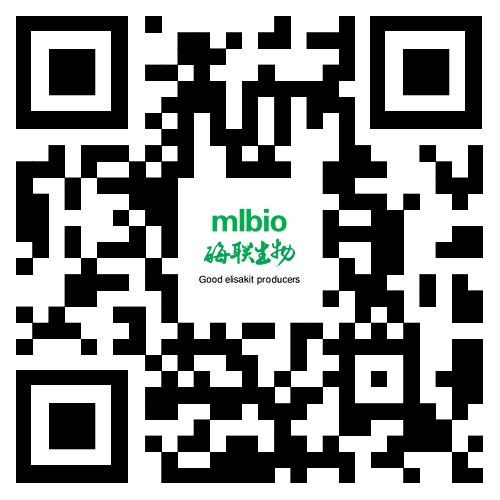 酶联官方手机二维码
酶联官方手机二维码